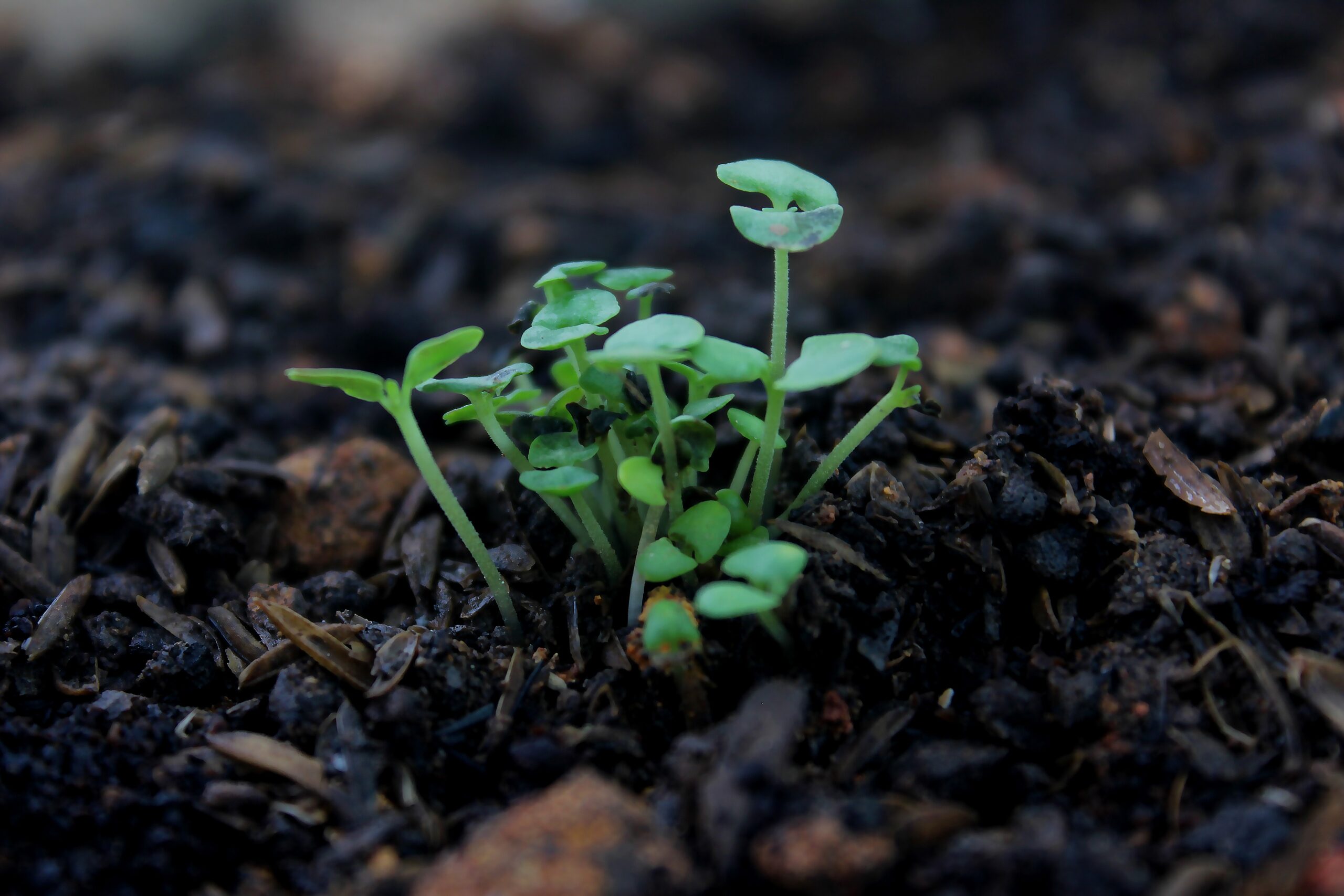Tiny Food With A Big Nutritional Benefit!

Most of us have heard of sprouts, microgreens, and baby greens. These tiny plants pack a nutritional punch that few other plants can rival. What’s the difference between these and are they really different? It comes down to timing.
Sprouts, microgreens, and baby greens are all normally occurring stages in plant growth, and there are different reasons why you’d want to harvest a plant at the sprout stage as opposed to the baby greens sage. These plants start as seeds, then sprouts followed by microgreens, baby greens, then finally mature plants. Here is how you can tell the difference.
Three Plant Stages:
Sprouts – all the nutrients are stored in the seed, and when the seed has the right conditions of soil, moisture and light, it puts all its energy into developing it’s stem, roots, and first leaves. It’s a sprout. Spouts have a stem and two “leaves” that aren’t actually leaves but things called cotyledons. These sprouts are rich in essential nutrients, easy to digest, and excellent source of enzymes, and high in protein. The sprout stage is usually 5 – 7 days after germination (harvested at 4-6 days) with growth that is a little shorter than microgreens.
New plants to sprout include:
Radish Broccoli
Clover Sunflower
Microgreens – Between the time the plant develops these cotyledons and up to when it grows to develop its true set of true eaves, it’s in the microgreen stage. Microgreens typically take up to 14 days to grow. Their flavor is more intense than sprouts – keep that in mind when adding to sandwiches.
Common microgreens include:
Kale Basil
Cilantro Beet Greens
Arugula Chard
Watercress
Baby Greens – Baby greens have developed their first true leaves but are harvested before they are fully mature. They are not mature plants, but tiny versions of fully grown kale, broccoli and sunflowers. They too are more nutritious than their fully grown versions, ready to harvest in 15 – 40 days depending on the plant type. They are more tender, instantly bite-sized, and fairly nutritionally matched with mature plants. Many gardeners harvest their greens at the “baby green” stage because, to be honest, they prefer the taste and texture.
Popular baby greens:
Kale Spinach
Arugula Nearly any leafy green you can grow
